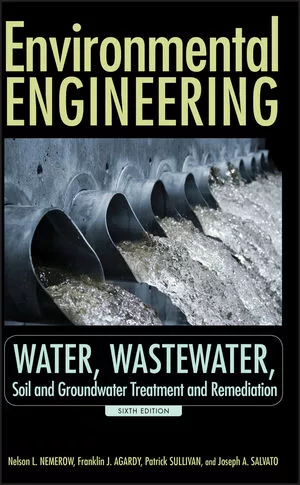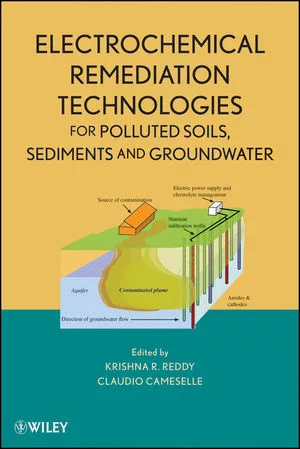EPA Launches Comprehensive Plan Against PFAS in US Water Systems
Plan builds on the Biden administration's drinking water and Superfund site rules, leaving PFAS regulations in place with new oversight

Main entrance of U.S. EPA Headquarters; the William Jefferson Clinton Federal Building on 12th Street, N.W., Washington, D.C. Photo by EPA
Environmental Protection Agency Administrator Lee Zeldin announced today a sweeping set of actions to address PFAS contamination, commonly known as "forever chemicals," choosing to maintain rather than roll back key regulations while introducing new initiatives.
In a notable decision, the EPA under Zeldin will preserve the drinking water standards established during the Biden administration, which set strict limits on six PFAS compounds. The multi-pronged approach introduces new guidelines to prevent PFAS from entering drinking water systems and establishes a framework to ensure polluters, not taxpayers, bear the costs of contamination cleanup.
"This is just a start of the work we will do on PFAS to ensure Americans have the cleanest air, land, and water," Zeldin said in announcing the measures.
Rather than dismantling existing regulations, the new plan adds additional layers of oversight and coordination, including the designation of an agency-wide PFAS lead to harmonize efforts across EPA divisions. The strategy focuses on three main pillars: strengthening scientific understanding, meeting statutory obligations, and building partnerships with state and local authorities.
Key components of the plan include:
- Development of new effluent limitations guidelines for PFAS manufacturers and metal finishers
- Implementation of expanded testing strategies under the Toxic Substances Control Act
- Enhanced monitoring and measurement of PFAS air emissions
- Annual updates to PFAS destruction and disposal guidance, increased from the previous three-year cycle
- Creation of a clear liability framework protecting "passive receivers" such as water utilities and their customers from cleanup costs
The announcement comes amid growing concern about PFAS contamination in communities nationwide. These synthetic chemicals, used in everything from non-stick cookware to firefighting foam, have been linked to various health issues and can persist in the environment for years.
Zeldin, who previously served in Congress and co-founded the PFAS Congressional Taskforce, has made protecting water utilities from contamination costs a central focus. His experience representing Long Island, where water quality has been a significant concern, has shaped the EPA's emphasis on ensuring polluters, rather than local water systems and their customers, pay for cleanup efforts.
The approach marks a continuation of bipartisan efforts to address PFAS contamination, building upon both the 2019 Trump-era PFAS Action Plan and the Biden administration's regulatory framework. The agency plans to work closely with state and tribal authorities on implementation while strengthening enforcement mechanisms against polluters.
Environmental advocates and industry stakeholders will be watching closely as these measures roll out, particularly how the EPA balances maintaining existing standards while implementing new frameworks for accountability and scientific research.






